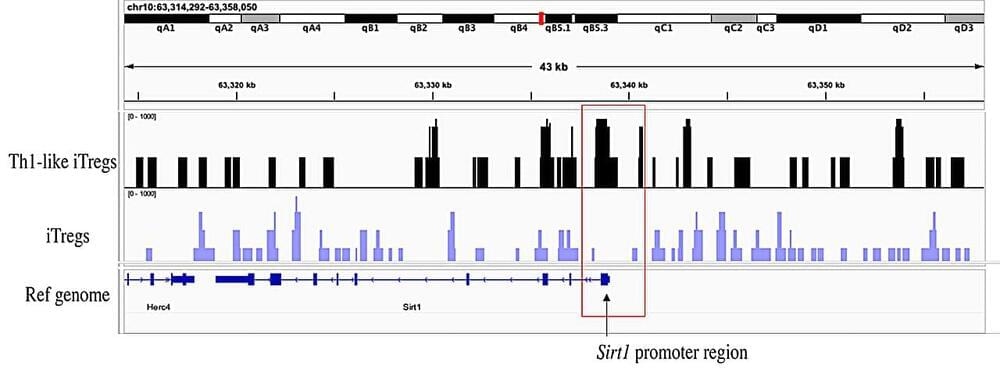Researchers at the University of Massachusetts Amherst recently released a first-of-its-kind study focusing on the rare autoimmune disorder aplastic anemia to understand how a subset of cells might be trained to correct the overzealous immune response that can lead to fatal autoimmune disorders. The research, published in Frontiers in Immunology, identifies a specific enzyme known as PRMT5, as a key regulator of suppressive activity in a specialized population of cells.
The human immune system is a marvel of evolution. When a pathogen enters the body, immune cells can identify it, call for backup, attack the pathogen, and then, when the threat has been eradicated, return to a peaceful state. But sometimes, as in the rare autoimmune disorder aplastic anemia, something goes wrong.
In patients with aplastic anemia, the aberrant immune cells, in this case Th1 cells, misidentify healthy stem cells in bone marrow as pathogenic and attack them. Without these bone marrow stem cells, the body can’t make white blood cells to fight infections, red blood cells to carry oxygen throughout the body, or platelets that help stop bleeding.










Comments are closed.